Update time : 2021-08-12 Publisher:Tongda
We learned how cow dung ferments? Many people don't know very well. Here I'll share with you in detail and make common progress. Using cow dung solid-liquid separator to ferment cow dung to produce organic fertilizer has the advantages of low cost, stable quality and large market sales space. However, the traditional heap retting method not only has a slow fermentation speed, but also can not completely decompose the cow dung. After being applied to the farmland, it is easy to have "secondary fermentation", resulting in the phenomenon of burning roots and seedlings. How to ferment cow dung is very important.
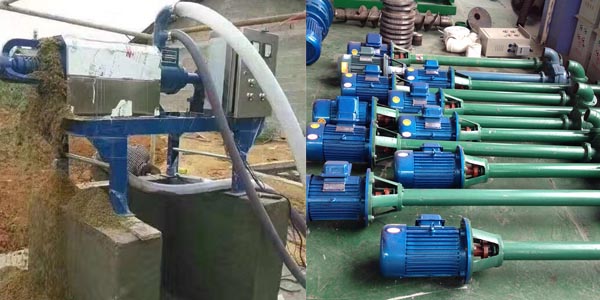
Cow dung can be divided into dry cow dung and fresh cow dung. Let's talk about their fermentation methods:
1. Dry cow dung: due to the lack of water in the dry cow dung, it cannot be fermented. After adding enough water, it must be piled into a pile, and then fermented, covered with sealed plastic cloth, so that the fermentation will be faster.
2. Fresh cow dung: If fresh cow dung is washed with water, it also needs to be extruded and dehydrated by cow dung solid-liquid separator during fermentation. Too much water is easy to lead to air tightness and microorganisms can not produce fermentation.
Specific operation method:
1. Preparation and bacteria addition: prepare cow dung to be fermented.
2. Cow dung stacking: the prepared cow dung shall be stacked while spreading bacteria. The stacking height and volume shall not be too low or too small. Requirements: the stacking height is 1.5-2m, the width is 2m, and the length is unlimited
3. Adjust moisture. The moisture content of fermented cow dung should be controlled at 40 ~ 65%. Moisture judgment: hold a handful of cow dung tightly, see the watermark but do not drip, and it is appropriate to scatter it on the ground. Less water, slow fermentation, more water and poor ventilation will also lead to the odor caused by the work of "spoilage bacteria". Therefore, we must grasp the water content.
4. Start up temperature. The start-up temperature should be above 15 ℃ (it can be operated in four seasons and is not affected by seasons. It is better to ferment indoors or in the greenhouse in winter), and the fermentation temperature should be controlled below 70-75 ℃.
5. Mix well and ventilate. Cow dung fermentation requires aerobic fermentation. Therefore, during operation, oxygen supply measures should be increased to mix well, turn frequently and ventilate. Otherwise, it will lead to anaerobic fermentation and produce odor, affecting the effect of fertilizer.
6. Fermentation is complete. Generally, after 48 hours of cow dung accumulation, the temperature rises to 50 ~ 60 ℃ and can reach more than 65 ℃ on the third day. It needs to be overturned once under this high temperature. Generally, there will be two high temperatures above 65 ℃ in the fermentation process. The fermentation can be completed by overturning twice, and the fermentation can be completed within a normal week. The material is dark brown and the temperature begins to drop to normal temperature, indicating that the fermentation is completed.
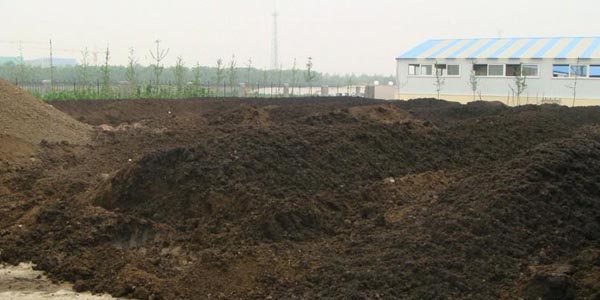
Matters needing attention:
1. Cow dung must be fermented and decomposed before it can be used on crops. Otherwise, some pathogenic microorganism in cow dung will burn the roots of crops. Both drying and air drying are OK, but after air drying, the nutrition of cow dung will lose part. The cow dung can be dried by the dryer to achieve the purpose of drying and deodorization. It can also reduce the labor intensity and so on.
2. The moisture content after drying shall be controlled at about 25% in winter and about 15% in summer, so as to prevent the subsequent processes from being completed. Some dryers cannot control the moisture content of dried cow dung, resulting in the continuous fermentation of cow dung granular organic fertilizer after placement.
3. In summer and autumn, remove the film for ventilation once (1 ~ 2 hours) in the morning and evening. When the weather is sunny, remove the film in the evening of the previous day and cover it in the morning of the next day. After 4 ~ 6 days of heap retting, the heap temperature can rise to 60 ~ 70 ℃. After 10 days of heap retting, it can be turned over once. After 20 days of heap retting, it can be cooked thoroughly, improve the fertilizer content and eliminate pests.
4. For the selection of fermentation bacteria, the one with high bacterial activity must be selected, preferably the one with primary bacteria. In this way, the fermentation is stable and not easy to fail.
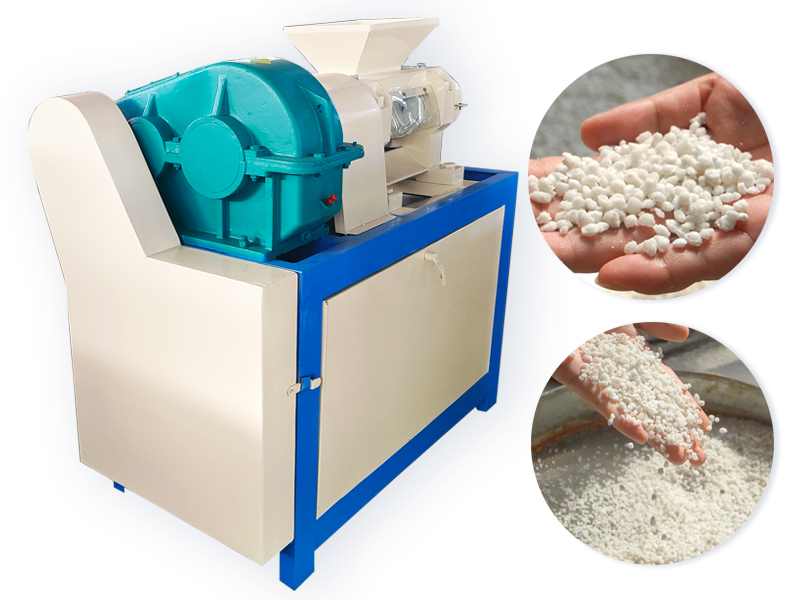
see details +
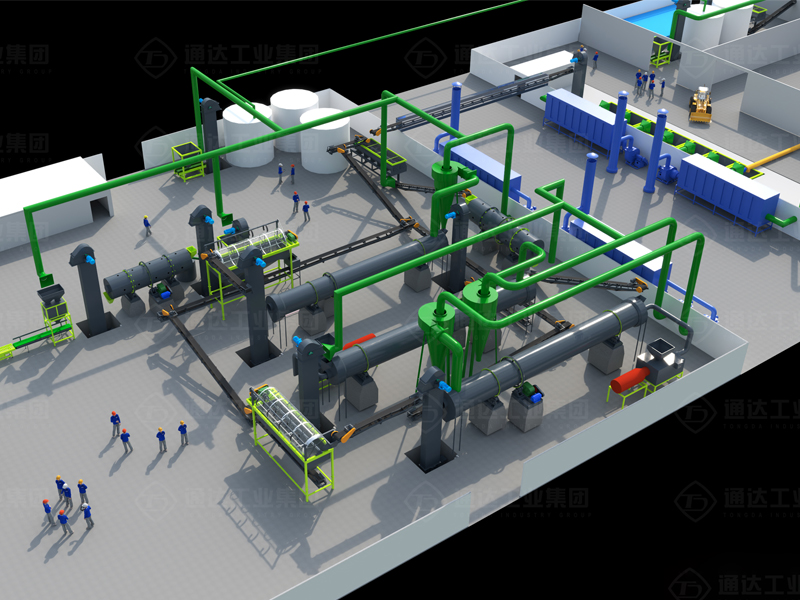
see details +
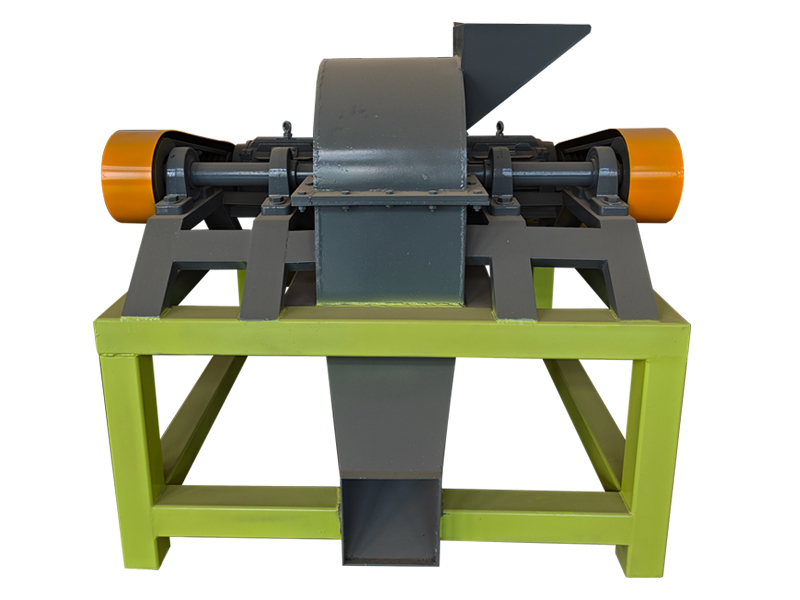
see details +
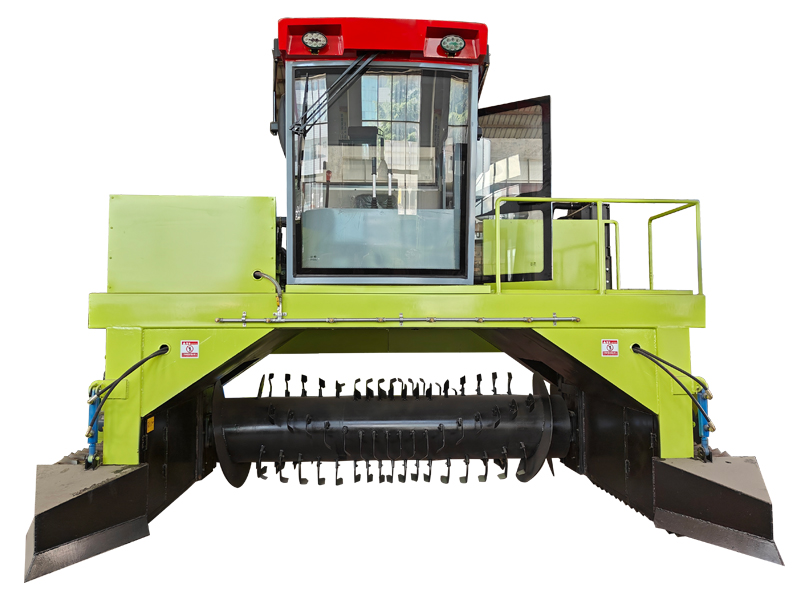
see details +

Fermentation Compost Equipment >
 Tel:+86 18538527111
Tel:+86 18538527111
 E-mail:[email protected]
E-mail:[email protected]
 Address:Longgang Development Zone Of Xingyang City, Zhengzhou City, Henan Province, China.
Address:Longgang Development Zone Of Xingyang City, Zhengzhou City, Henan Province, China.
Privacy Policy Copyright © Henan Tongda Heavy Industry Science And Technology Co., Ltd.